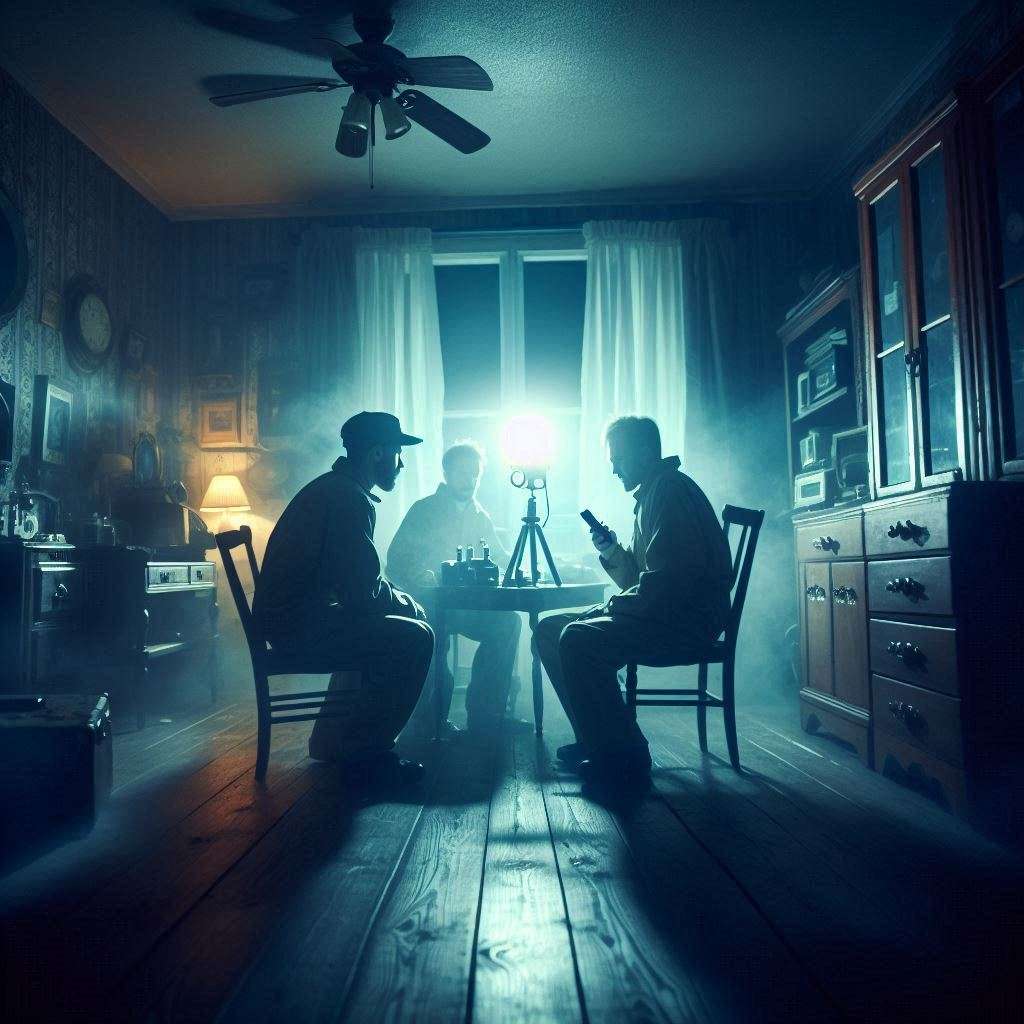Why an External Microphone is Crucial for Analog EVP Recording
Electronic Voice Phenomena (EVP) recording is a fascinating method used in paranormal investigations to capture unexplained voices. While digital recorders are common today, many researchers still prefer analog devices, such as standard cassette and micro-cassette recorders. However, one often overlooked but critical component in capturing high-quality EVPs is the use of an external microphone.
Step-by-Step Guide to Using an External Microphone for EVP Recording
Step 1: Understand the Problem with Built-in Microphones
Most analog recorders come with built-in microphones that pick up excessive background noise. This is particularly true for micro-cassette recorders, as they produce more mechanical gear noise than standard cassette decks. The internal microphone is highly sensitive to:
- Motor noise from the recorder itself
- Button clicks and handling noise
- Tape movement sounds
- Ambient environmental noise
These interferences can obscure potential EVPs, making it difficult to distinguish between natural and paranormal sounds.
Step 2: Choose the Right External Microphone
Selecting an appropriate external microphone can significantly reduce unwanted noise and enhance the clarity of your recordings. Consider the following:
- Omnidirectional Microphone – Captures sound from all directions, useful for detecting EVP responses in all areas.
- Unidirectional Microphone – Focuses on sounds from a specific direction, reducing environmental noise.
- Lapel (Clip-On) Microphone – Small and discreet, ideal for minimizing handling noise.
Look for a microphone that is compatible with your analog recorder, using either a 3.5mm input jack or a dedicated external mic port.
Step 3: Properly Connect and Position the Microphone
Once you have selected your microphone, follow these steps for optimal setup:
- Plug the external microphone into the recorder’s input jack. Ensure a secure connection to prevent static interference.
- Position the microphone away from the recorder’s motor. This reduces the risk of picking up internal noise.
- Mount the microphone on a stable surface or use a stand to avoid unnecessary movement.
- Keep the microphone at least 6-12 inches from your mouth (if speaking) or in the area where EVPs are expected.
Step 4: Conduct a Test Recording
Before beginning a full EVP session, perform a short test recording:
- Speak in a normal tone at different distances from the microphone.
- Remain silent to detect background noise levels.
- Play back the recording to check for clarity and interference.
If there is still noticeable background noise, try repositioning the microphone or using a wind cover or foam filter to reduce distortion.
Step 5: Optimize Your Recording Environment
Even with an external microphone, environmental factors can affect EVP quality. Enhance your recording conditions by:
- Minimizing background noise (turn off fans, televisions, and other electronics).
- Recording in a controlled, quiet space to reduce false positives.
- Using a tripod or stationary mount to keep the microphone steady.
Step 6: Analyze Your Recording Carefully
Once you have completed your session, listen carefully to your recording:
- Use headphones to detect faint EVPs.
- Compare the sound quality with and without the external microphone.
- Enhance low-volume responses using audio editing software (but avoid over-processing).
Final Thoughts
Using an external microphone is one of the easiest and most effective ways to improve EVP recording quality with analog devices. This includes micro-cassette recorders, as they produce more mechanical gear noise that can interfere with potential EVPs. By reducing internal noise, increasing clarity, and ensuring better environmental control, an external microphone allows investigators to capture more authentic and analyzable paranormal evidence.
Whether you are a seasoned investigator or a beginner, incorporating this simple yet vital tool can make all the difference in your EVP research!
Stay Connected with EVP Explorations!
Subscribe to our free newsletter for the latest updates, education, tips, investigation methods, and new articles—delivered right to your inbox.
Join today and keep exploring with us!

















